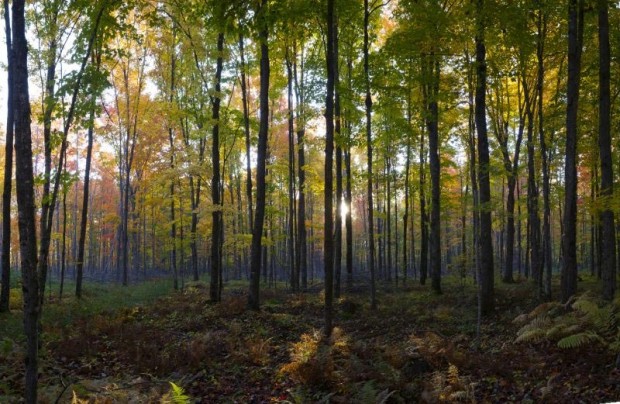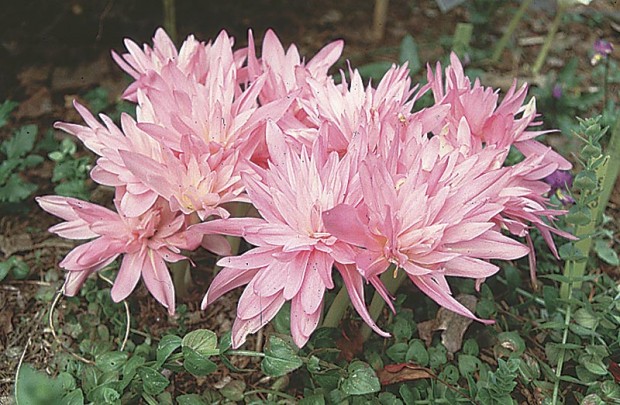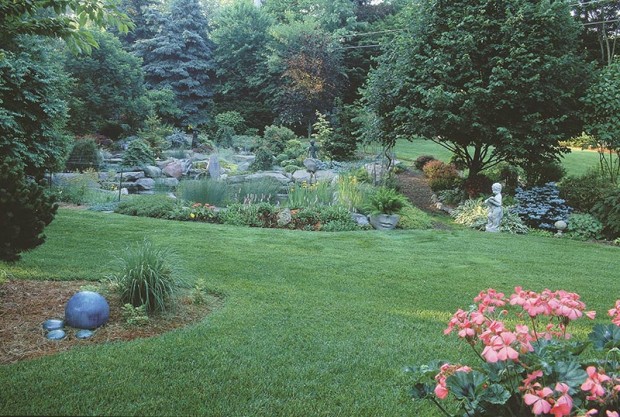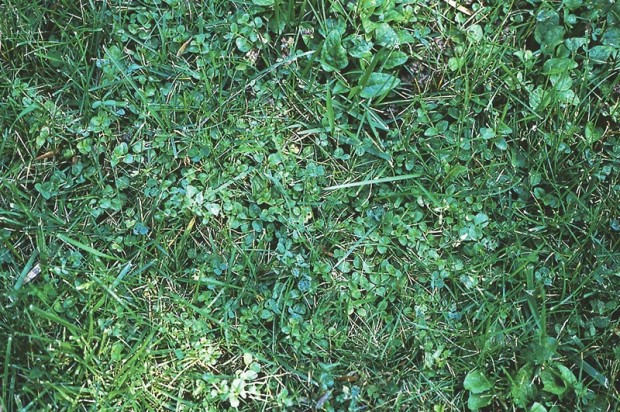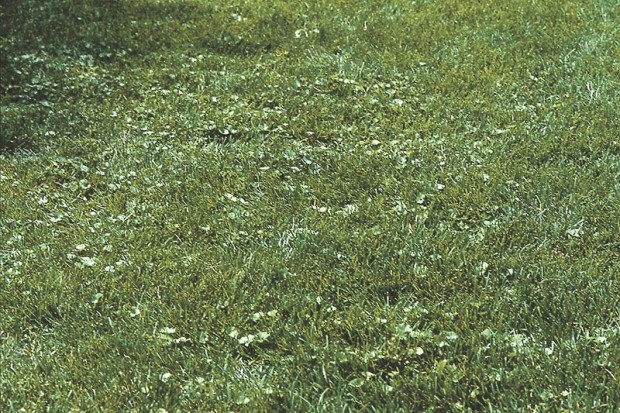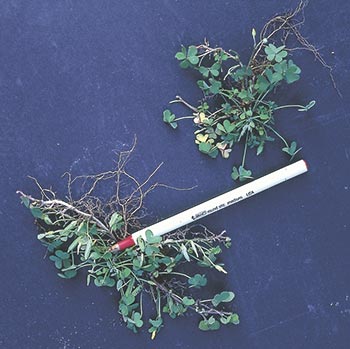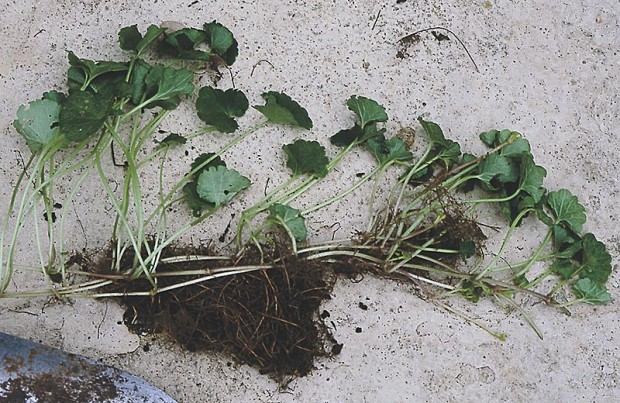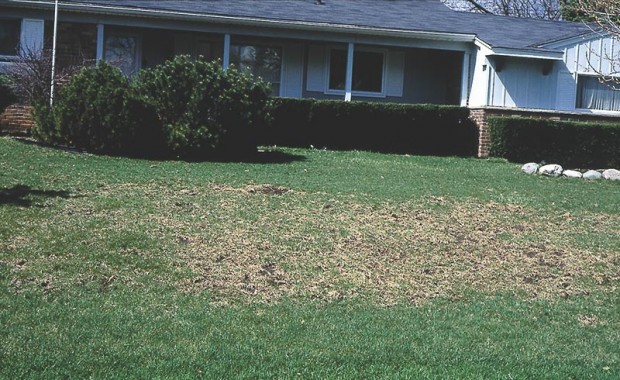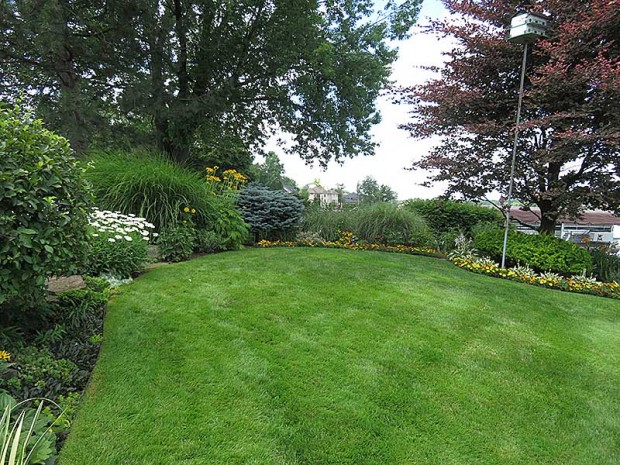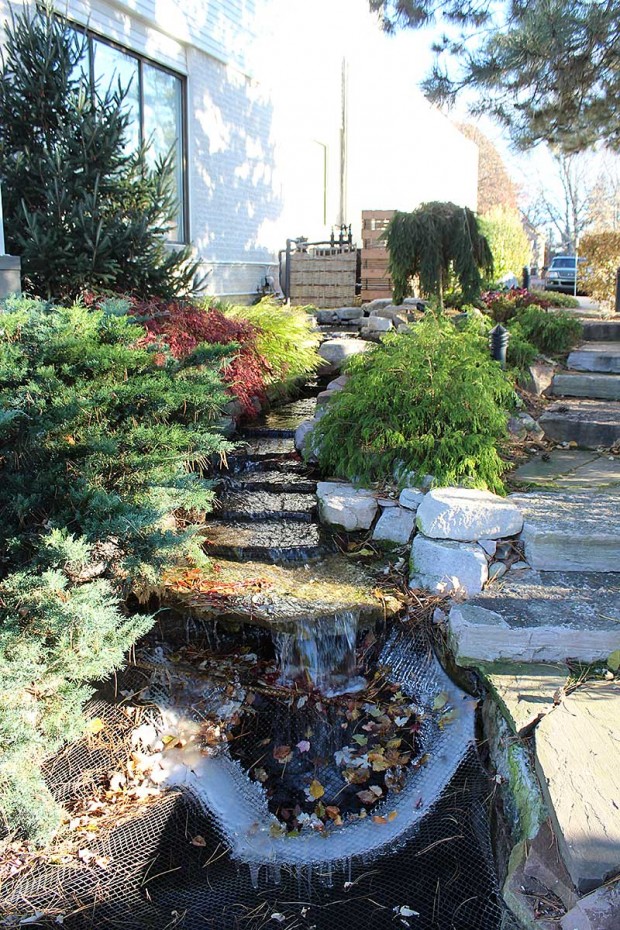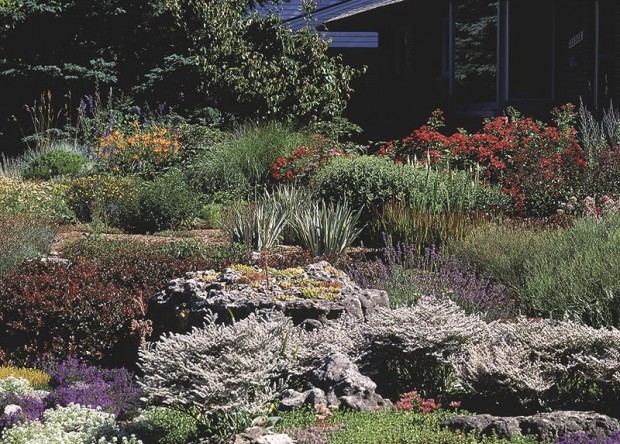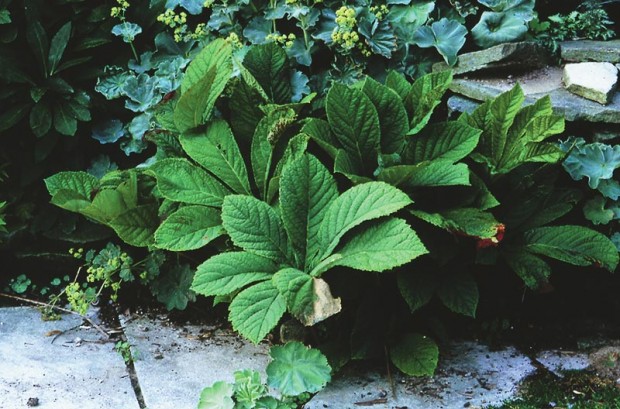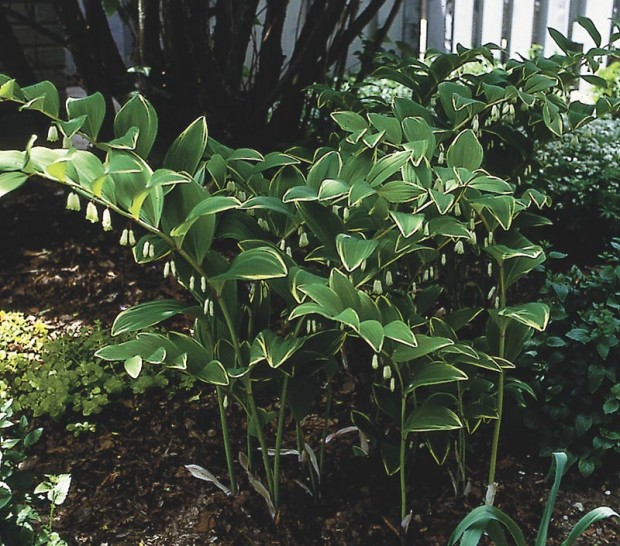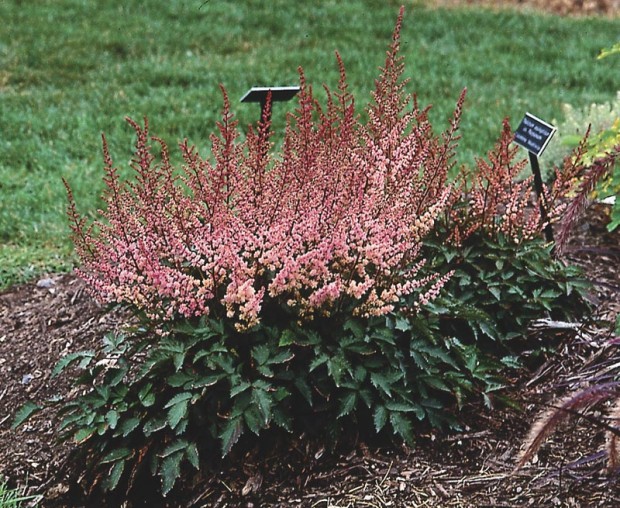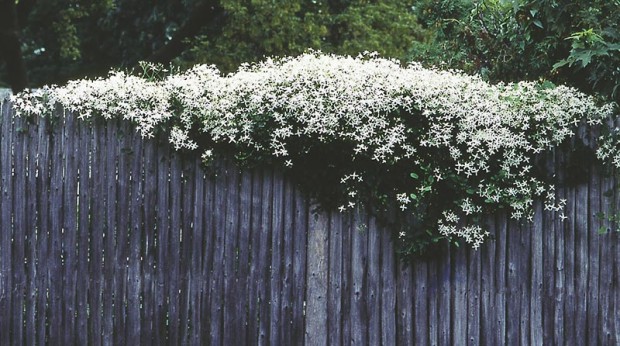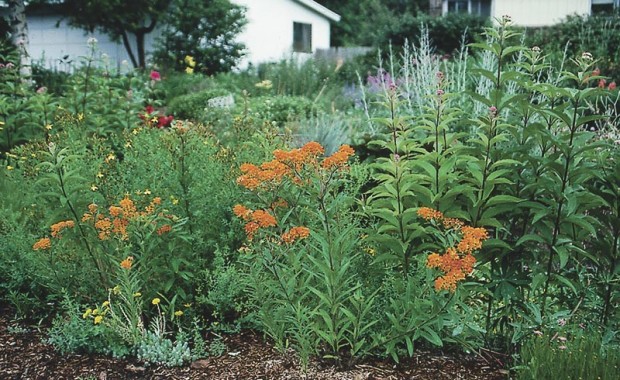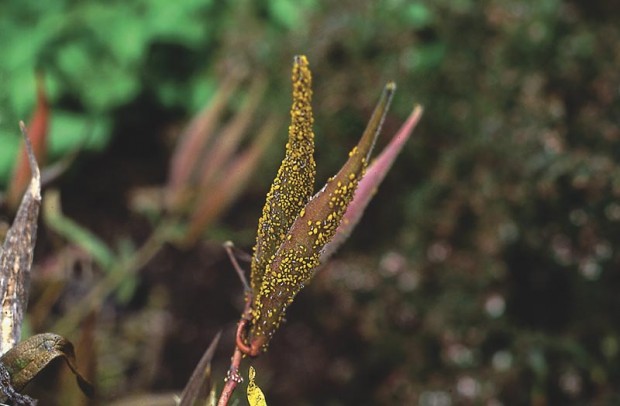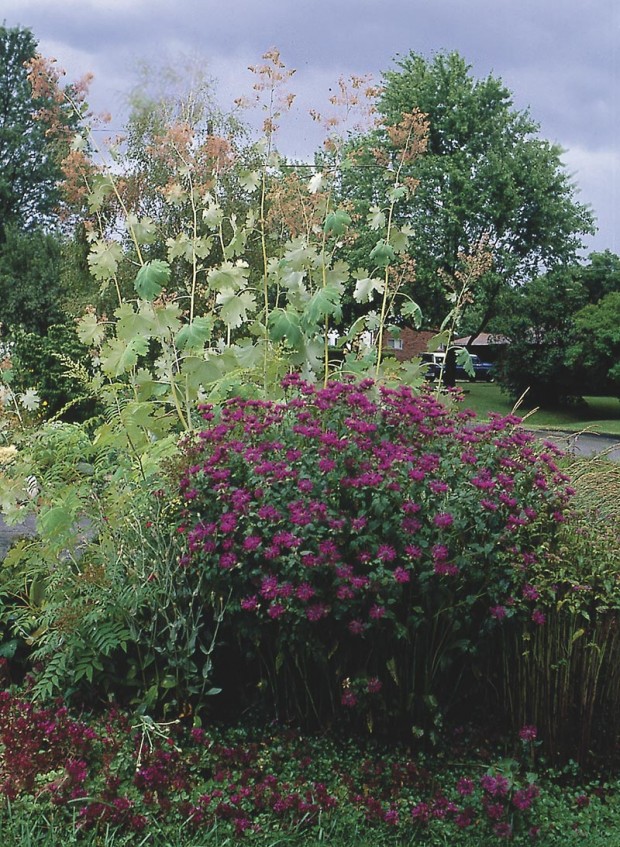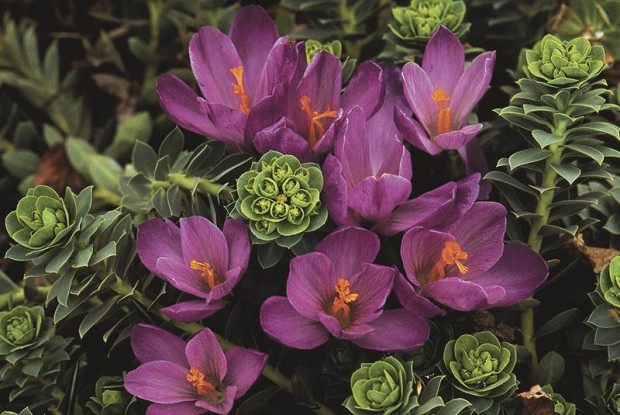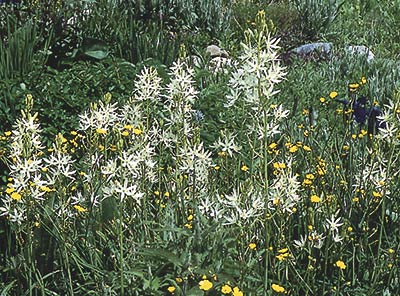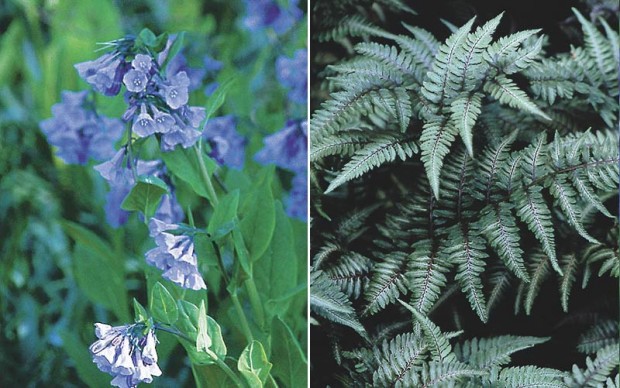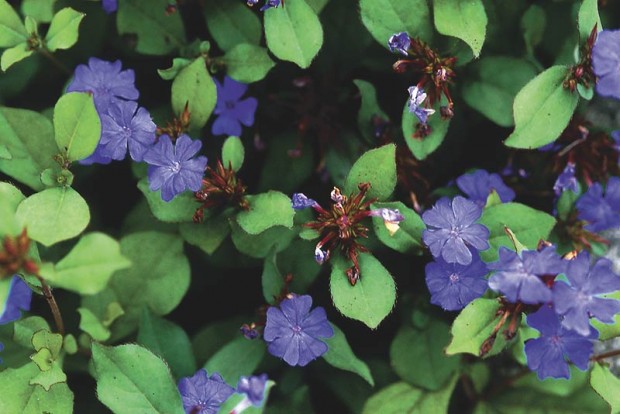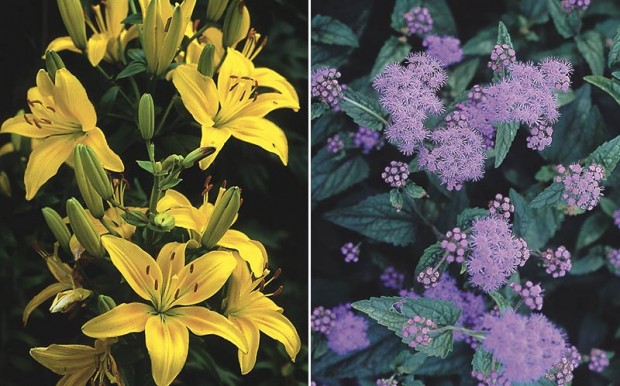I saved the seed from my cleome plants last year. When I put the seed out this year, it grew a lot of giant weeds. What happened?
Cleome vary in height from 2 to 5 feet; some are bushy, others are stalky. The cleome you see most is spider flower (Cleome spinosa or hassleriana), or hybrids or cultivars that have the Cleome spinosa in their parentage. This plant can look beautiful in the back of the border, especially in a cottage style garden. In a more formal garden it can look out of place or weedy. Some people find the scent offensive, which is skunk-like. It produces many seeds and can spread like wildfire. To prevent this, remove flowers as soon as they have formed seed pods. The plant will make new flowers and usually keeps blooming all summer.
If your cleome from last year was not a true species but a hybrid—which are labeled with a “cross” symbol (X) in the name—the seeds will either be sterile or the plants that grow from them won’t “come true.” Instead the plants will resemble one or more of its ancestors. The only way to make sure your cleome will be the color and size that you want is to buy seed from a specific species, hybrid, or cultivar.

